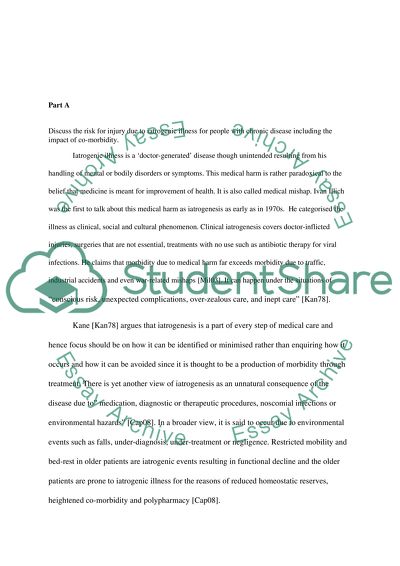Cite this document
(“Chronic Disease And Injury Control Ma3 Research Paper”, n.d.)
Retrieved de https://studentshare.org/health-sciences-medicine/1392009-chronic-disease-and-injury-control-ma3
Retrieved de https://studentshare.org/health-sciences-medicine/1392009-chronic-disease-and-injury-control-ma3
(Chronic Disease And Injury Control Ma3 Research Paper)
https://studentshare.org/health-sciences-medicine/1392009-chronic-disease-and-injury-control-ma3.
https://studentshare.org/health-sciences-medicine/1392009-chronic-disease-and-injury-control-ma3.
“Chronic Disease And Injury Control Ma3 Research Paper”, n.d. https://studentshare.org/health-sciences-medicine/1392009-chronic-disease-and-injury-control-ma3.


